This website uses cookies to ensure you get the best experience on our website.
- Table of Contents
Facts about Erbin.

Acts as an adapter for the receptor ERBB2, in epithelia.
By binding the unphosphorylated 'Tyr-1248' of receptor ERBB2, it may contribute to stabilize this unphosphorylated state (PubMed:16203728).Inhibits NOD2-dependent NF-kappa-B signaling and proinflammatory cytokine secretion (PubMed:16203728). .
| Human | |
|---|---|
| Gene Name: | ERBIN |
| Uniprot: | Q96RT1 |
| Entrez: | 55914 |

| Belongs to: |
|---|
| LAP (LRR and PDZ) protein family |

Erbin
Mass (kDA):
158.298 kDA

| Human | |
|---|---|
| Location: | 5q12.3 |
| Sequence: | 5; NC_000005.10 (65926554..66082546) |
Highly expressed in brain, heart, kidney, muscle and stomach, followed by liver, spleen and intestine.
Cell junction, hemidesmosome. Nucleus membrane. Basolateral cell membrane. Found in hemidesmosomes, which are cell-substrate adhesion complexes in stratified epithelia. In transfected cells, either diffusely distributed over the cytoplasm or concentrated at the basolateral membrane. Colocalizes with the adrenergic receptors, ADREN1A and ADREN1B, at the nuclear membrane of cardiac myocytes (By similarity).



PMID: 10878805 by Borg J.-P., et al. ERBIN: a basolateral PDZ protein that interacts with the mammalian ERBB2/HER2 receptor.
PMID: 11375975 by Favre B., et al. The hemidesmosomal protein bullous pemphigoid antigen 1 and the integrin beta 4 subunit bind to ERBIN. Molecular cloning of multiple alternative splice variants of ERBIN and analysis of their tissue expression.